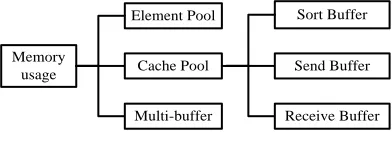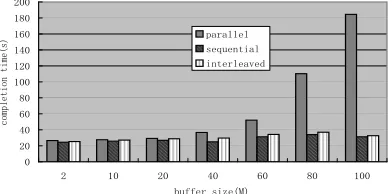Mammoth : gearing Hadoop towards memory intensive MapReduce applications
Full text
Figure




Related documents
HCC is developing in 85% in cirrhosis hepatis Chronic liver damage Hepatocita regeneration Cirrhosis Genetic changes
The goal of this work is to eluci- date some of the intrusive effects that repetitive laser pulsing can have on the LII signal and to investigate the conditions under which it may
Although CNN has been shown as a powerful image processing method, there is limited work developing CNN architectures that are effective in 3D segmentation problems for
In the study presented here, we selected three rep- resentative pathogenic PV mAbs cloned from 3 different PV patients: F706, an anti-Dsg3 IgG4 isolated by heterohybridoma, F779,
Applications of Fourier transform ion cyclotron resonance (FT-ICR) and orbitrap based high resolution mass spectrometry in metabolomics and lipidomics. LC–MS-based holistic metabolic
The encryption operation for PBES2 consists of the following steps, which encrypt a message M under a password P to produce a ciphertext C, applying a
○ If BP elevated, think primary aldosteronism, Cushing’s, renal artery stenosis, ○ If BP normal, think hypomagnesemia, severe hypoK, Bartter’s, NaHCO3,
I problematize three family images associated with the design and implementation of housing projects: the bureaucratic family, envisaged by policymakers as conflating with a model




